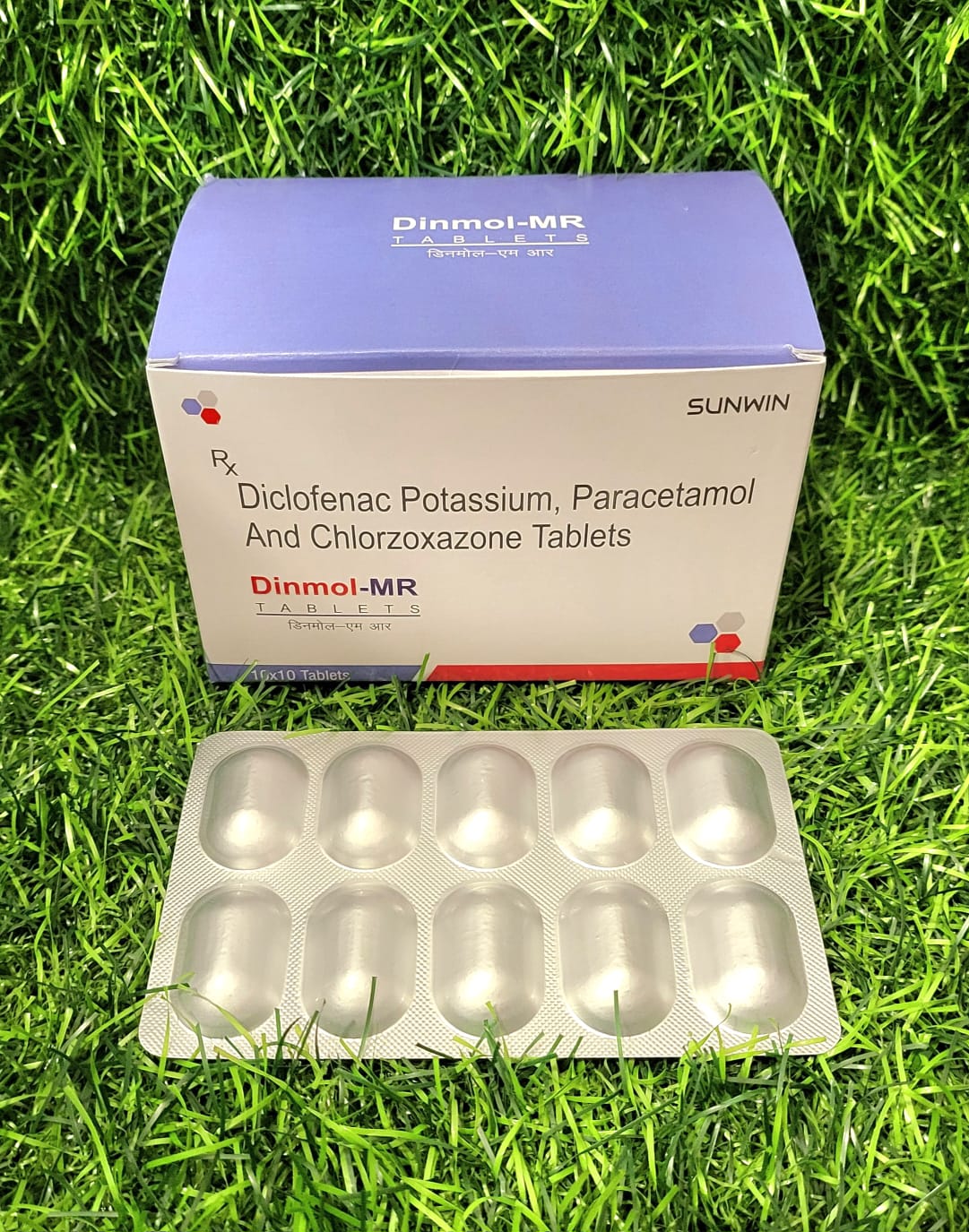Composition:-
Ondansetron 2 mg
Uses:-
Ondansetron 2 mg is a medication commonly prescribed to prevent nausea and vomiting caused by chemotherapy, radiation therapy, and surgery. It belongs to a class of drugs called antiemetics, which work by blocking the action of serotonin, a neurotransmitter involved in triggering nausea and vomiting. Ondansetron is effective in preventing nausea and vomiting associated with cancer treatments and surgical procedures, allowing patients to tolerate their treatment better and maintain their quality of life. It is usually taken orally as a tablet or liquid, or administered intravenously in healthcare settings before undergoing chemotherapy or surgery.
Side Effects:-
While Ondansetron 2 mg is generally well-tolerated, it may cause some side effects in some individuals. Common side effects of ondansetron may include headache, dizziness, constipation, and fatigue. Some individuals may also experience transient changes in liver function tests or allergic reactions such as rash, itching, or swelling of the face, tongue, or throat. Rare but serious side effects may include irregular heart rhythm (QT prolongation) or serotonin syndrome, a potentially life-threatening condition characterized by agitation, hallucinations, fever, sweating, shivering, fast heart rate, and muscle stiffness. It is essential to inform a healthcare provider promptly if any side effects occur while taking ondansetron.
Indication:-
Ondansetron 2 mg is indicated for the prevention and treatment of nausea and vomiting associated with chemotherapy, radiation therapy, and surgery. It is commonly prescribed to cancer patients undergoing chemotherapy or radiation therapy to help alleviate treatment-related nausea and vomiting, which can significantly impact their quality of life. Ondansetron is also used prophylactically in patients undergoing surgery, particularly procedures that are known to cause postoperative nausea and vomiting. By blocking the action of serotonin in the brain and gastrointestinal tract, ondansetron effectively prevents nausea and vomiting, allowing patients to tolerate their treatment or surgery better and recover more comfortably. It is essential to follow the prescribed dosage and administration instructions provided by a healthcare provider to ensure optimal effectiveness and safety.


